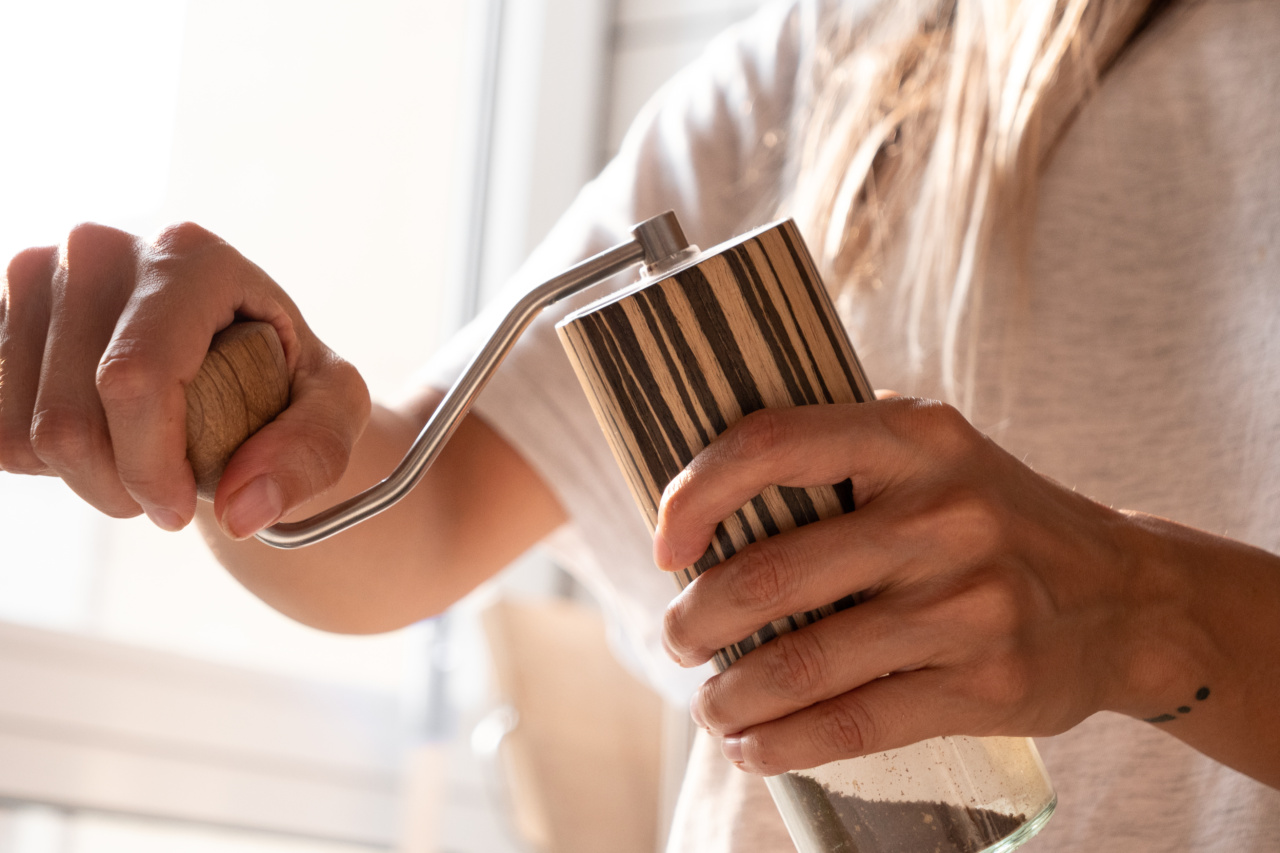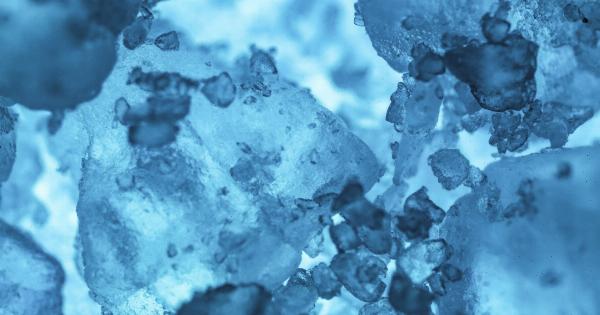Salt is a commonly used ingredient in cooking and a taste enhancer in various dishes. It not only adds flavor but also has other essential functions in food preparation.
However, there has been a growing concern about excessive salt consumption and its impact on our health. In this article, we will explore the role of salt in our diet, the recommended daily intake, and some alternative options to reduce our salt intake.
The Importance of Sodium
Sodium, a component of salt, plays a crucial role in maintaining fluid balance in our bodies and supporting various bodily functions. It helps regulate blood pressure, aids in nerve transmission, and is necessary for proper muscle function.
However, consuming too much sodium can have adverse effects on our health.
The Recommended Daily Intake
The World Health Organization (WHO) recommends a daily sodium intake of less than 2 grams, which is equivalent to approximately 5 grams or 1 teaspoon of salt.
This recommendation is based on the fact that high sodium consumption is associated with increased risk of hypertension, cardiovascular diseases, and stroke. It is essential to note that this recommendation is not just limited to table salt but includes all sources of sodium in our diet, including processed foods.
The Hidden Sodium in Processed Foods
Many of our daily consumed foods contain hidden sodium. Processed and packaged foods, such as canned soups, chips, snacks, and condiments, often have high sodium levels to enhance flavor and increase shelf life.
These hidden sources of sodium can significantly contribute to exceeding the recommended daily intake without us even realizing it. It is crucial to read food labels carefully and choose low-sodium or sodium-free alternatives whenever possible.
Reducing Salt Intake
Reducing salt intake can be a challenging but necessary step towards a healthier lifestyle. Here are some practical tips to reduce salt consumption:.
1. Choose Fresh Ingredients
By opting for fresh ingredients, you have more control over the amount of salt used in your meals. Fresh fruits, vegetables, and meats naturally have lower sodium content compared to processed alternatives.
2. Flavor with Herbs and Spices
Instead of relying solely on salt for flavor, experiment with herbs and spices to enhance the taste of your dishes. Fresh or dried herbs like basil, rosemary, and thyme add a burst of flavor without the need for excess salt.
3. Be Mindful of Condiments and Sauces
Condiments like ketchup, soy sauce, and salad dressings often have high sodium content. Opt for low-sodium or sodium-free versions or try making your own at home using healthier alternatives.
4. Rinse Canned Foods
When using canned foods like beans or vegetables, rinsing them under running water can help remove excess sodium. However, keep in mind that this may also remove some valuable nutrients, so it is best to choose fresh alternatives whenever possible.
5. Limit Processed Foods
Processed foods are typically loaded with salt to enhance flavor and preserve freshness. Limiting your intake of processed foods, such as fast food, frozen meals, and packaged snacks, can significantly reduce your sodium consumption.
6. Read Food Labels
Before buying any packaged food, be sure to read and compare food labels. Look for products with lower sodium content or choose alternatives without added salt.
7. Gradually Reduce Salt
Since our taste buds adapt to the flavors we consume regularly, gradually reducing salt in your meals allows your taste buds to adjust over time.
Start by reducing the amount of salt you add during cooking and at the table, and eventually, you will find that your taste preferences change.
The Importance of Balance
While it is crucial to limit our salt intake, it is equally important not to eliminate it entirely. Sodium, in moderation, is necessary for our bodies to function optimally.
It is about finding the right balance and being mindful of the sodium content in our diet.
Conclusion
Salt is an essential component in our food, providing flavor and assisting in various bodily functions. However, excessive salt consumption can lead to health issues.
By being mindful of our salt intake, reading labels, and opting for fresh ingredients, we can reduce our sodium consumption. Remember, small changes can make a significant impact on our health in the long run.































